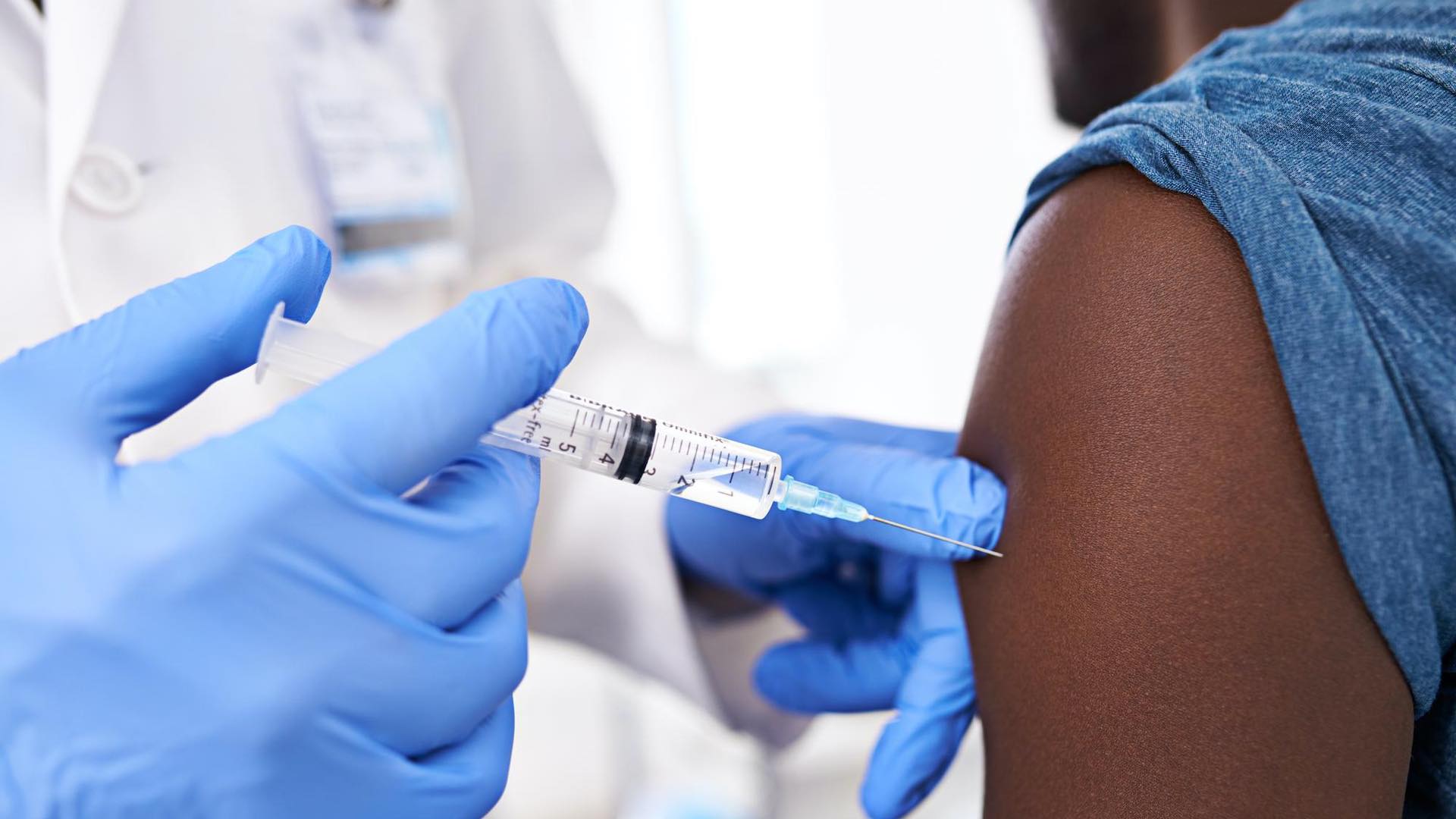Twelve African nations are poised to receive an allocation of 18 million doses of the inaugural malaria vaccine in a remarkable step towards combating one of the continent’s deadliest diseases. Over the next two years, the distribution plan will deliver the lifesaving vaccines to regions grappling with the highest incidences of malaria among children.

The vaccine distribution strategy, premised on the principles outlined in the Framework for allocation of limited malaria vaccine supply, prioritizes regions most impacted by malaria. Since 2019, Ghana, Kenya, and Malawi have been implementing the malaria vaccine through the Malaria Vaccine Implementation Programme (MVIP) which is coordinated by the World Health Organization (WHO), funded by Gavi, the Vaccine Alliance, the Global Fund to Fight AIDS, Tuberculosis, and Malaria, and Unitaid.
The RTS,S/AS01 vaccine has been administered to over 1.7 million children in these three countries since its inception, demonstrating effectiveness and safety. This has resulted in a significant decrease in severe malaria cases and child mortality. As a result of its proven efficacy, at least 28 African nations have shown interest in acquiring the malaria vaccine.
Apart from Ghana, Kenya, and Malawi, nine additional countries including Benin, Burkina Faso, Burundi, Cameroon, the Democratic Republic of the Congo, Liberia, Niger, Sierra Leone, and Uganda will receive the initial allocation of 18 million doses, enabling them to introduce the vaccine into their routine immunization programs for the first time. These vaccines, sourced from Gavi, the Vaccine Alliance via UNICEF, are projected to reach the countries in the last quarter of 2023 and will begin rolling out by early 2024.
“With the potential to drastically alter the course of the battle against malaria, the vaccine can save tens of thousands of lives each year when widely deployed alongside other measures,” said Thabani Maphosa, Managing Director of Country Programmes Delivery at Gavi, the Vaccine Alliance. He stressed the need to use available doses effectively, applying lessons learned from the pilot programs as the vaccine rollout expands to twelve countries.
Malaria continues to pose a grave threat to African children under the age of five, accounting for almost half a million deaths and representing approximately 95% of global malaria cases and 96% of related fatalities in 2021.
UNICEF Associate Director of Immunization Ephrem T Lemango highlighted that a child under 5 years old succumbs to malaria almost every minute. He added, “The introduction of this vaccine could drastically improve survival chances for children, particularly in Africa. As the vaccine supply increases, we aim to extend this life-saving opportunity to even more children.”
Dr. Kate O’Brien, WHO Director of Immunization, Vaccines, and Biologicals, lauded the malaria vaccine as a significant stride in improving child health and survival. She affirmed that the initial allocation of doses would be prioritized for children at the highest risk of malaria mortality.
Due to the constrained supply of the new vaccine in the early stages of rollout, in 2022, WHO convened expert advisors predominantly from Africa, the region with the highest burden of malaria, to support the development of a framework to guide the allocation of the limited initial doses.
The global demand for malaria vaccines is estimated to reach between 40-60 million doses by 2026, increasing to 80-100 million doses per year by 2030. Besides the RTS,S/AS01 vaccine, developed and produced by GSK, and potentially supplied by Bharat Biotech in the future, a second vaccine, R21/Matrix-M, developed by Oxford University and manufactured by the Serum Institute of India (SII), may also soon gain WHO prequalification. Gavi has recently laid out its roadmap to bolster supply to meet this growing demand.
